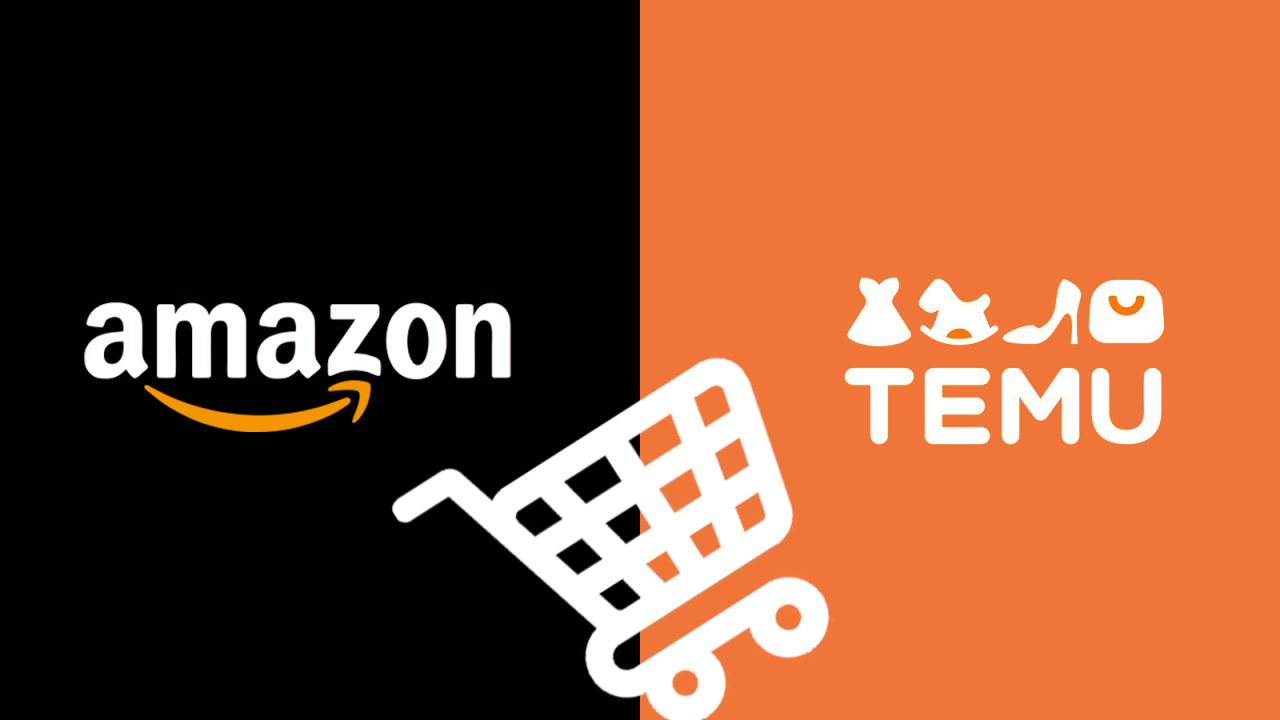
Amazon Temu: The Battle of E-commerce Giants in 2024
The e-commerce landscape has witnessed a fascinating development with the emergence of Temu as a significant competitor to Amazon. This comprehensive analysis explores the relationship, competition, and market dynamics between these two retail powerhouses.
What is Amazon Temu Rivalry All About?
The Amazon Temu competition represents a classic clash between an established e-commerce titan and a fast-rising challenger. While Amazon has dominated online retail for over two decades, Temu's aggressive entry into the market has created new dynamics in the industry.
Market Share and Growth
- Amazon continues to maintain its position as the leading e-commerce platform in North America, with over 37.6% market share in the United States. The company's robust infrastructure and Prime membership program have created strong customer loyalty over the years.
- Temu, launched by PDD Holdings in 2022, has experienced explosive growth, reaching millions of customers within its first year of operation. Its ultra-low prices and aggressive marketing strategies have quickly made it a notable competitor in the space.
Key Differences Between Amazon and Temu
Pricing Strategies
The Amazon Temu price comparison reveals distinct approaches to attracting customers:
- Amazon focuses on competitive pricing while maintaining quality standards and offering fast shipping through Prime membership. Their prices reflect relationships with established brands and manufacturers.
- Temu adopts an ultra-low pricing strategy, often offering products at significantly lower prices by connecting customers directly with Chinese manufacturers and maintaining lower overhead costs.
Product Selection and Quality
Both platforms take different approaches to their product offerings:
- Amazon maintains strict quality control measures and offers a mix of premium and budget-friendly options. Their selection includes products from well-known brands alongside their private label merchandise.
- Temu primarily features unbranded or lesser-known products, focusing on providing the lowest possible prices. While this approach allows for better deals, product quality can be more variable.
The Amazon Temu Customer Experience
Shipping and Delivery
Understanding shipping differences is crucial for consumers:
- Amazon excels in rapid delivery, with same-day, one-day, and two-day shipping options for Prime members. Their extensive warehouse network enables quick fulfillment across North America.
- Temu typically offers longer shipping times, ranging from 7-15 days for most orders. While they provide free shipping on many orders, delivery speed cannot match Amazon's capabilities.
Customer Service and Returns
Both platforms handle customer support differently:
- Amazon's customer service is renowned for its responsiveness and customer-friendly policies. Their return process is streamlined, with multiple return options and quick refunds.
- Temu offers customer support and a return policy, but processing times may be longer due to international shipping considerations. They provide free returns within 90 days but may have more restricted conditions.
Impact on Traditional Retail
The Amazon Temu phenomenon has significantly influenced traditional retail:
- Brick-and-mortar stores face increased pressure to compete with ultra-low online prices
- Traditional retailers are forced to enhance their online presence and digital capabilities
- Local businesses must find unique value propositions to remain competitive
Consumer Behavior and Shopping Patterns
Price-Conscious Shopping
The Amazon Temu competition has influenced how consumers approach online shopping:
- Increased price comparison across platforms
- Greater acceptance of longer delivery times for better deals
- More willingness to try unbranded products for cost savings
Quality vs. Price Considerations
Consumers now face new decisions in their shopping journey:
- Evaluating the trade-off between immediate availability and lower prices
- Assessing product quality versus cost savings
- Considering the importance of brand names versus generic alternatives
Business Models and Revenue Strategies
Amazon's Approach
Amazon's business model includes:
- Prime membership revenue
- Marketplace seller fees
- AWS cloud services
- Advertising revenue
- Private label products
Temu's Strategy
Temu focuses on:
- Direct-to-consumer sales
- Minimal overhead costs
- Bulk purchasing power
- Aggressive marketing campaigns
- Mobile-first shopping experience
Technology and Innovation
Platform Features
Both companies leverage technology differently:
- Amazon emphasizes AI-driven recommendations and logistics optimization
- Temu focuses on social commerce features and mobile app engagement
Mobile Shopping Experience
The mobile experience varies between platforms:
- Amazon offers a comprehensive app with multiple features and services
- Temu provides a streamlined, mobile-first shopping experience focused on discovery
Future of Amazon Temu Competition
Market Evolution
The e-commerce landscape continues to evolve:
- Increased focus on international markets
- Development of new shipping solutions
- Enhancement of customer experience features
- Integration of emerging technologies
Consumer Benefits
This competition benefits consumers through:
- More competitive pricing
- Increased product selection
- Improved shipping options
- Enhanced shopping experiences
Making Informed Shopping Decisions
Tips for Consumers
When choosing between platforms:
- Compare prices across both platforms before purchasing
- Consider shipping times and costs
- Read product reviews carefully
- Understand return policies
- Verify product authenticity and quality
Platform Selection Criteria
Factors to consider when choosing between Amazon and Temu:
- Urgency of purchase
- Price sensitivity
- Quality requirements
- Brand preferences
- Shipping needs
Conclusion
The Amazon Temu competition represents a significant shift in the e-commerce landscape. While Amazon maintains its position as the industry leader with superior logistics and established customer trust, Temu's rapid growth and ultra-low pricing strategy have created new options for consumers. This competition continues to drive innovation and improvements in the online shopping experience, ultimately benefiting consumers through better prices, more choices, and improved services.
The future of this competition will likely lead to further innovations and adaptations from both companies as they strive to capture and retain market share. Consumers can benefit from understanding the strengths and limitations of each platform to make informed shopping decisions based on their specific needs and preferences.
For businesses and consumers alike, staying informed about the evolving Amazon Temu marketplace dynamics will be crucial for making optimal decisions in the rapidly changing world of e-commerce. As both platforms continue to evolve and adapt, the competition between them will likely drive further improvements in the online shopping experience for everyone.
